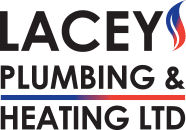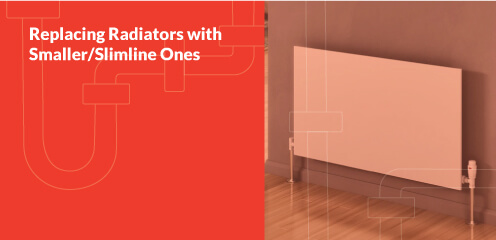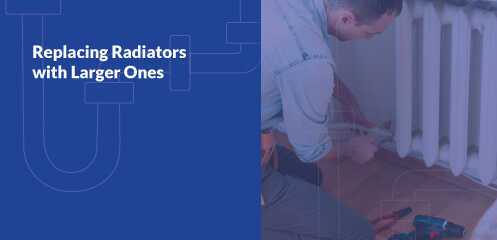Finding and Managing Dead Legs in Water Pipes
Dead legs can cause a host of problems in water pipes. This includes legionella, increased corrosion and pipe wall thinning. This will increase the amount of money, and effort, that you need to put into repairing pipes.
In this blog post, we’ll be looking at how to locate and manage dead leg areas in water pipes to avoid sections in pipes which contain stagnant water.
What are dead legs in water pipes and why can they be dangerous?
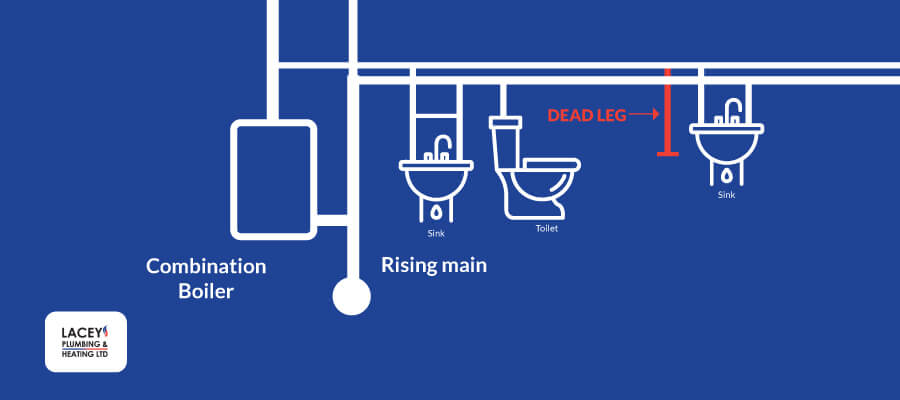
Dead legs, in terms of plumbing, refers to an unused, or rarely used section of piping in your water pipes. This usually happens when pipework is altered, modified or extended upon (such as upgrading radiators), meaning the original design and layout is no longer optimal.
Equally, it can happen if part of the system is no longer in use, but hasn’t been properly flushed or disconnected. They are more common in commercial plumbing systems, because of the more complex nature of these pipes. However, they can still occur in residential plumbing too.
Here are a few reasons for which dead legs can be dangerous:
Where can you find pipework dead legs?
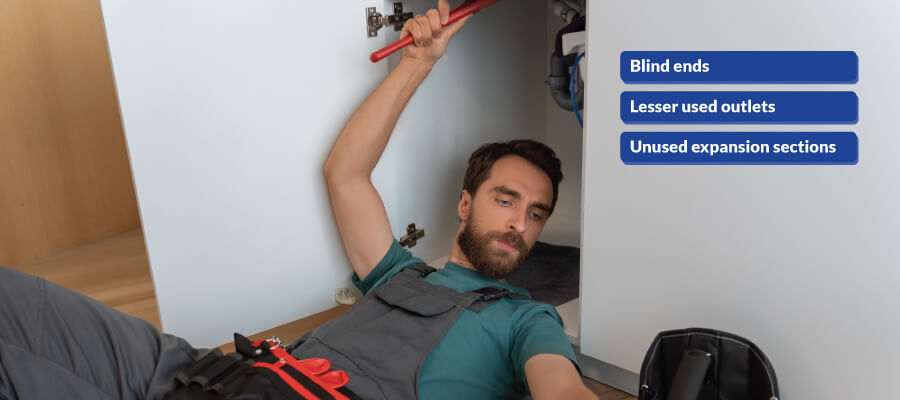
Given that dead legs are usually caused by modifications/alterations to a piping system, technically, you could find a dead leg almost anywhere in the system. However, there are some more common areas to pay attention to. Here are the most common locations to find dead legs in pipework:
What are the risks and considerations for pipework dead legs?
The risks of dead legs in pipes include water contamination, excess corrosion, disease spread and system failure. Pipes are usually designed for water to flow through, not for water to sit in. As a result, when water stagnates in a section of the pipe, it is harmful to both the pipes and to people using these water systems.
You need to consider the removal of dead legs, regular flushing to avoid stagnating water and regular checks for any operational issues.
Consider running risk assessments when changes are made to piping to understand the presence of dead legs, whether they can be removed, and how they will be maintained if not. Also look into preventative plumbing maintenance, to catch issues early on.
How long can a dead leg be in water pipes?
Dead legs would ideally be removed in all cases. But, in situations where this isn’t necessarily possible, it’s usually recommended that the length of the dead leg pipe doesn’t exceed 1.5 times the diameter of the pipe, particularly to stop the multiplication of legionella.
How often should dead legs be flushed?
If you do have to keep a dead leg in a piping system, it’s vital to regularly clean/flush this section of the pipe, ensuring that water isn’t left to stagnate for too long, decreasing the risk of disease and harsh corrosion.
When it comes to the frequency of flushing dead legs, more is always better, but we’d recommend flushing them out at least weekly, due to the high risk of disease and bacteria.
Should you remove dead legs from your water pipes?
Yes, you should always look to remove dead legs from your water pipes. Removing dead legs can prevent bacterial growth and increase the lifespan of your systems, as well as reducing the risk of a leak or damage.
Where total removal isn’t possible, at least consider shortening the length of the dead leg, and implementing a flushing/maintenance plan.
How to avoid dead legs in piping

Avoiding dead legs in plumbing should primarily occur in the planning/design of a system, before installation. Absolutely necessary dead legs should be kept to a maximum length of 1.5 times the diameter of the pipe, but using optimal designs and parts should help you to remove this necessity.
If upgrading or altering a piping system, work should be taken to ensure no sections are made redundant, leading to dead legs. To do this, you’ll need the professionals to install your plumbing, and remove any existing or new dead legs at the same time. |
Lacey Plumbing and Heating are experienced in plumbing jobs of all kinds, including the removal of dead legs to increase the lifespan of your pipes.
More like this
Find Us On
Unit 11 Eton Business Park
Eton Hill Road, Radcliffe, M26 2ZS
Opening Times
Mon – Fri 8am – 5pm
Call Us Today
0161 884 1109
GET IN TOUCH

